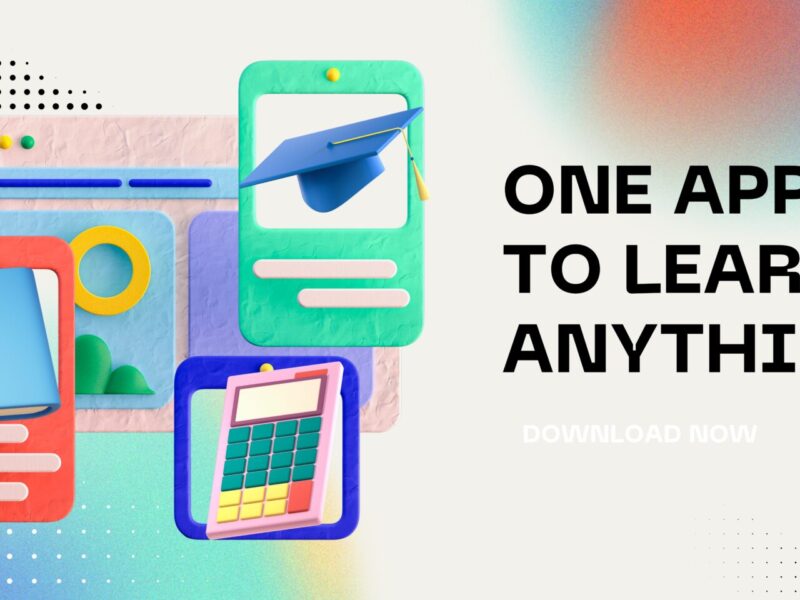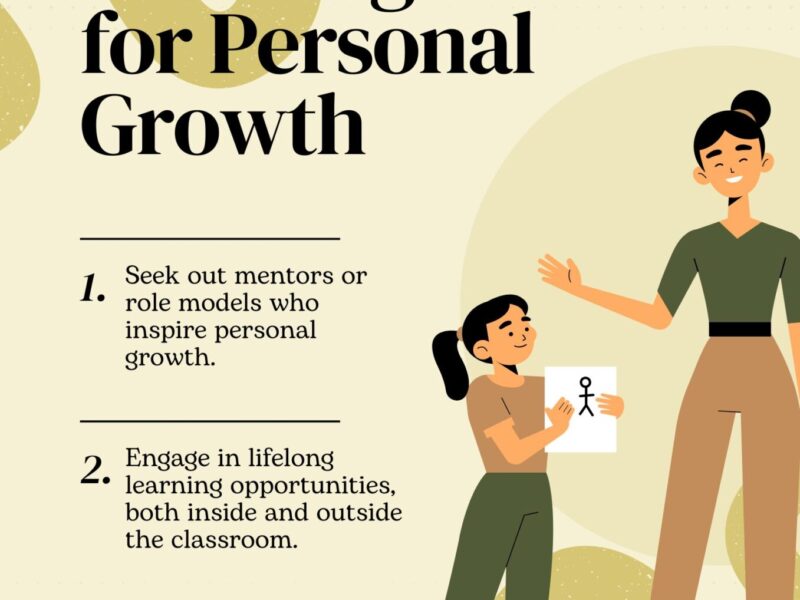The process that has been adopted in proper engagement into the online learning from actual learning in travel, as traveling is when individuals go out there to learn, has turned digital. Role of Gamification in Online Learning .Though online learning has a lot going forth, its greatest disadvantage is that it cannot really keep up the excitement in the study time. Role of Gamification in Online Learning . In order to overcome this shortcoming, it’s said that educators and instructional designers should be more inclined towards using gamification-a serious weapon-in enhancing the entire experience of learning for their clients. Role of Gamification in Online Learning .Gamification focuses on integrating games’ elements into contents with the motivation of capturing the learners’ attention, participation, and retention of information.
The present article explains the gamification in online learning: what it means, its merits, mechanism, challenges, and future possibilities. Role of Gamification in Online Learning .This provides a detailed information on how gamification can make online education environment engaging, inclusive, and efficient, empowering learners and redefining traditional teaching process. Role of Gamification in Online Learning .
What is Gamification ?
Gamification is the application of game design principles, mechanics, and strategies to contexts beyond games . In education, this could manifest itself by adopting features like points, badges, leaderboards, challenges, and storytelling into environments of learning.It increases the pleasure and interactivity of learning, motivating the learner to attain objectives and to engage the very enjoyable and rewarding completion of tasks .
For example, a language-learning app may reward the users with points for completing lessons or enable them to unlock further levels as they advance, which is different from game-based learning. In contrast, gamification introduces game-like features into the teaching-learning process rather than actually using games as teaching tools.
One of the most important aspects of online learning is gamification. Adding Game Mechanics: for example, rewards and challenges to stimulate interest & learning participation. Increased Motivation: Both intrinsic & extrinsic continuous propel learners into the game: reaching success milestones or earning recognition for learning.
Such features like progress tracking in real time often come with gamification, providing instant feedback on how well or poorly the learner is doing. …Healthy Competition:Often have leader boards, multiplayer features that propel learners to better their performance by competing with peers. ..Fosters Retention: At the same time allows an individual to recall in longer terms knowledge retention as the content is interactive and interspersed.
Aspects of Gamification in E-learning: Scoring with Points. Points are awards meant for all learners where they can earn a number for doing a task or successfully manipulating a concept. They also provide instant satisfaction and import progress.
Badges & Certificates
Badges are visual tokens of achievements for instance milestones along with titles acquired for having specific skills. As a reward, it is a recognition too that motivates learners to take up further challenges.
Leaderboards:
The learners are ranked by their performances, hence bringing some competitive edge into their learning. This would create a whole lot of friendly rivalry and inspire them to get better.
Challenges and Quests:
Such partial segments of the content challenge or missions aggrandize the sense of adventure and meaning. These quests have very often been bound with narrative elements that tie students closer to their learning.
Levels and Progression:
You have reached this level” refers to the point in time where he is learning as it leaves an open pathway for growth.rogression through these levels adds structure and puts short-term goals within a larger framework.
Rewards and Incentives
Rewards such as virtual currencies, unlockable content, bonus features propel students to continue their engagement with education and the striving for excellence.
Storytelling and Narrative
If the content is in some exciting story that students can relate to, then passive education can become an interactive journey and lessons will stay in memory longer.
The Psychological Basis of Gamification in Learning
Gamification concerns itself with the concept of human psychology at its most basic level, such as:
Reward System: Release of Dopamine after rewards strengthens positive behavior and helps stimulate motivation.
Social Dynamics: Peer recognition, collaboration, and competition make for living requirements in one’s social life: .
Mastery and Competence: Putting oneself to the test with a challenge and measuring short-term goals fills the inborn urge for learning and improvement.
Autonomy: Allowing choices creates a sense of control which leads to further engagement.
Gamified Examples from Real Life in Online Learning
Duolingo
It is an example of a language learning application that has gamification at its fullest extent. Daily streaks, points, and leaderboards encourage learners to participate actively.
Kahoot
This is an online tool by which teachers set up gamified quizzes. Students compete against one another in real time, where they earn points depending on the speed of answer and accuracy of response.
Codecademy
For coding enthusiasts, Codecademy uses badges, milestones, and interactive projects to make coding learning an engaging experience.
Coursera and EdX
Many of these MOOC (Massive Open Online Courses) use gamification by both rewarding students with certificates or badges once they finish a course or providing progress trackers to see how students are doing in their courses.
Advantages of Gamification in Online Learning
Motivation and Engagement
Routine chores turn into exciting challenges, keeping learners focused and interested.
Retention Improvements
Gambling content creates active engagement, fostered further by enhanced memories and comprehension abilities. Indeed, anything presented interactively is more likely to store it in memory.
Opportunities for Varied Learning Experiences with Collaborative Enhancements
Multiplayer and group challenges thus encourage teamwork and collaborative problem-solving.
Addressing the Variety of Learning Styles
Gamification tends to integrate essential visual auditory and kinesthetic properties needed to cater different learning needs.
Instantaneous Feedback and Modification
Learners will then know their strength and weaknesses with instant feedback so that they can design their personalized learning path.
While gamification has great potential for online learning environments, some major barriers can be identified.
Gameification Challenges
Extreme competition: Leaderboards will tend to demotivate slow learners.
Lack of Knowledge: It requires a profound understanding of education and game design to create good gamified materials.
Time and Resources: Time and resources will not be enough to develop gamified systems.
Sustainability: Students need to be kept interested over time so that they will require continuous updates and innovations.
Balance between Fun and Learning: Making learning too game like will dilute content, making less focus on the real learning objectives.
Best Practices for Gamifying Online Learning
Align the Gamification with Learning Goals
Each game element should directly support learning purposes.
Keep It Simple
Learners should not be bogged down with too much complicated mechanics.
Include Adaptive Learning
Gamification designs personal paths toward gaining greater understanding by using the technology to integrate individual needs of learners.
Include Everyone
Gamified features meet people with different abilities and so reduce the sense of not being good enough.
Track with the help of data analytics
Analytics can help to analyze the progression of a learner and tune fine gamifications with measuring value.
The Future of Gamification in Online Learning
From an innovation in technology perspective, exciting futures could be made for gamification in education:
VR and AR- Immersive environments can convert online courses into engaging, interactive experiences.
AI- Gamifications powered by AI are adaptive to students in dependencies and progress.
Blockchain for Certifications: The gamified credentials will be secured and validated using blockchain technology.
Gamification Out of the School- In brief, as gamification will be an important construct in lifelong learning, it will also be an integral part of continuous professional training and skilling development.
Conclusion
Gamification is a game-changing method in online learning, becoming an amalgamation of learning and entertainment, creating relevant experiences. Introducing gaming aspects into learning opens avenues for addressing serious challenges of learner disengagement, low retention, and lack of motivation, to mention a few. With diversities in hurdles to overcome, the gains immensely outweigh the adverse effects, making gamification one significant input toward the future of online education.
Such technology evolution marks victory on gamification’s part, which will remodel people’s learning and personal growth in the increasingly digital world in which we live.

